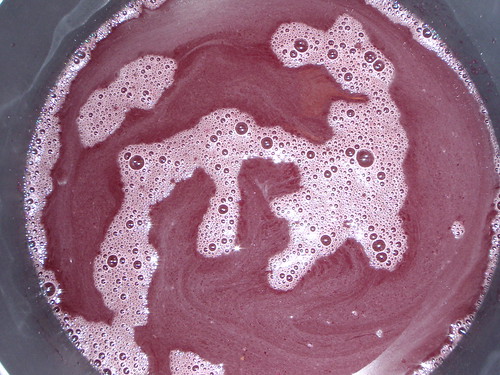Due to discussion on facebook with Rihard Sexton after
the previous post,
I dug around a bit,
and discovered that beautyberry (Callicarpa americana) is also known as
dwarf mulberry, French mulberry,
and
Spanish mulberry, sow berry, and sour berry.
That last is especially a misnomer, because its berries are not sour,
they taste like flowers.
And it turns out that beautyberry was mentioned in books before 1800,
it was just mentioned as dwarf mulberry:

 Further, William Bartram did mention it in his Travels of 1791, as
French mulberry.
Curiously, even though Google books does have Bartram’s book,
ngrams doesn’t seem to show French mulberry for that date,
but does show American mulberry.
Even more curious, William Bartram’s father, John Bartram,
corresponded with Linnaeus, the founder of modern
botanical terminology.
Further, William Bartram did mention it in his Travels of 1791, as
French mulberry.
Curiously, even though Google books does have Bartram’s book,
ngrams doesn’t seem to show French mulberry for that date,
but does show American mulberry.
Even more curious, William Bartram’s father, John Bartram,
corresponded with Linnaeus, the founder of modern
botanical terminology.
The currently most popular name is beautyberry, which turns out to
be related to the scientific genus name, Callicarpa: Greek kalli
means beautiful, and Karpos means fruit.
The plant has all sorts of uses:
Continue reading →















